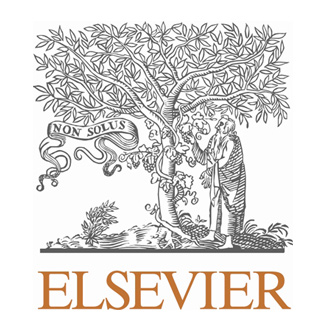
Various former studies have claimed to have demonstrated that the brains of people who undergo this phenomenon are supposedly dissimilar as compared to those who do not. Some study authors from the University of Padova, Italy, alleged to have found that learning could also play a significant function in synaesthesia and result in synaesthetic behavior even when the person is not intentionally conscious of the experience.
Dr. Ilaria Berteletti and colleagues supposedly examined an Italian synaesthete by means of a typical test. In this test, subjects were apparently exhibited a sequence of numbers shown in diverse ink colors. They were then requested to name those colors.
A synaesthete for whom the number 2 is red could find it additionally hard to call the ink color of a green 2. He will apparently not take much of time if the number is shown in red ink. But if it is in a different color, he may longer time to respond. This slowing of response is said to be usually taken as proof that synaesthetic experiences are genuine and mechanical.
Co-author Dr. Edward Hubbard commented, “A lifetime of synaesthetic experiences may lead to the creation of learned associations between different classes of stimuli and that conscious awareness of these associations is not necessary for them to affect behaviour.â€
As envisaged, the subject in this study was apparently slower to name the colors of the shown Arabic digits when they supposedly did not correspond with the colors that he had accounted ‘seeing’. Remarkably, the similar slowing was believed to be noted when the numbers were displayed as dots, like dice patterns, although the subject denied seeing any colors for these kinds of stimuli.
The outcomes are thought to propose that the simple concept of a number, irrespective of how it was exhibited, was apparently sufficient to generate the marker of synaesthetic behaviour. This was even seen when the subject was supposedly not aware of experiencing synaesthesia.
This new study would appear in the February 2010 issue of Cortex and will be published by Elsevier.
